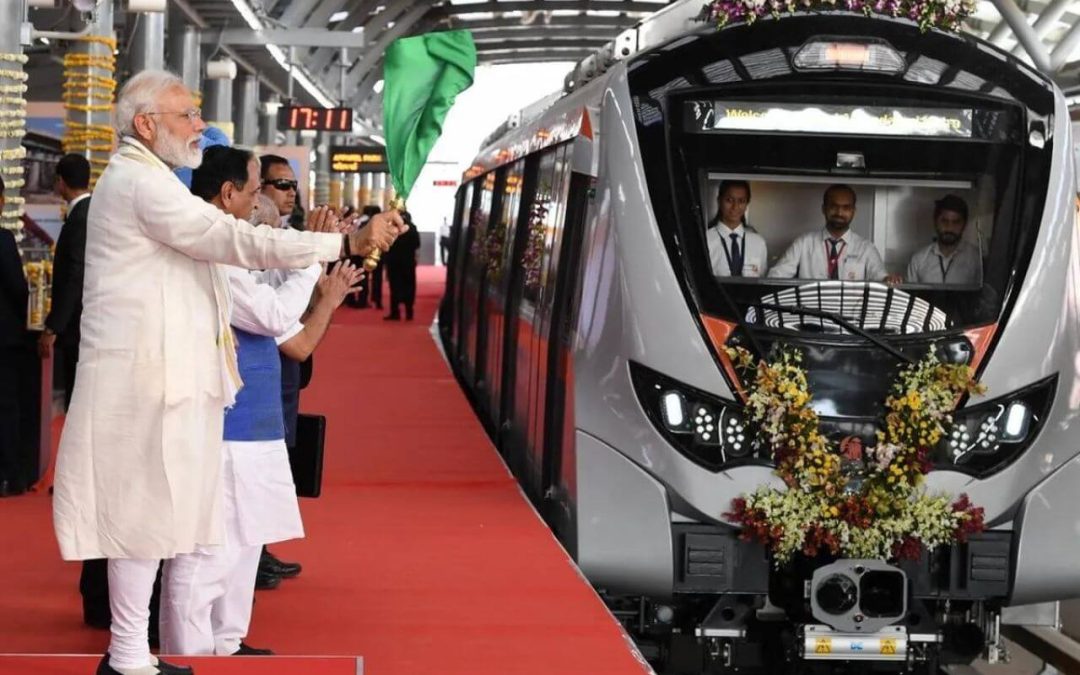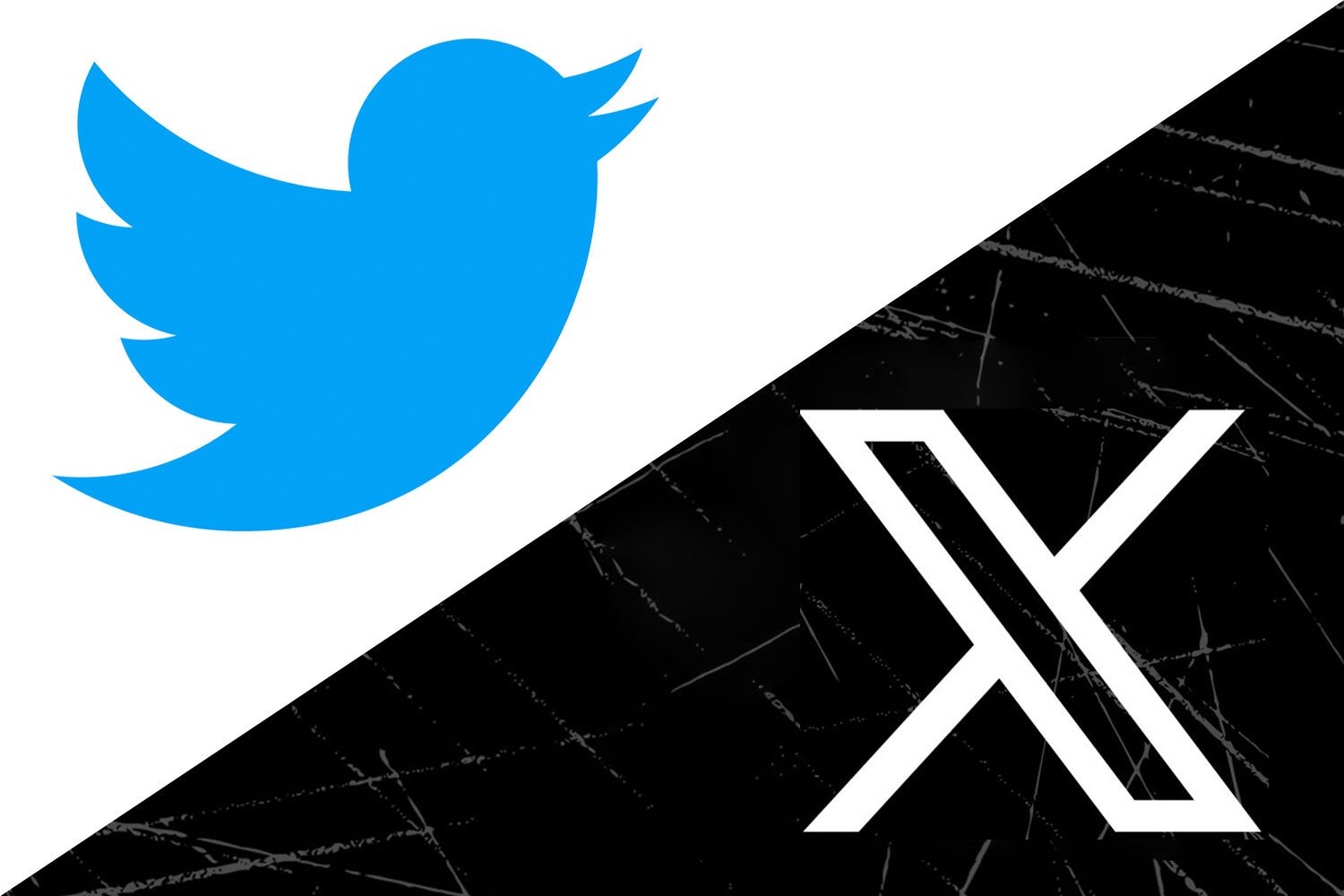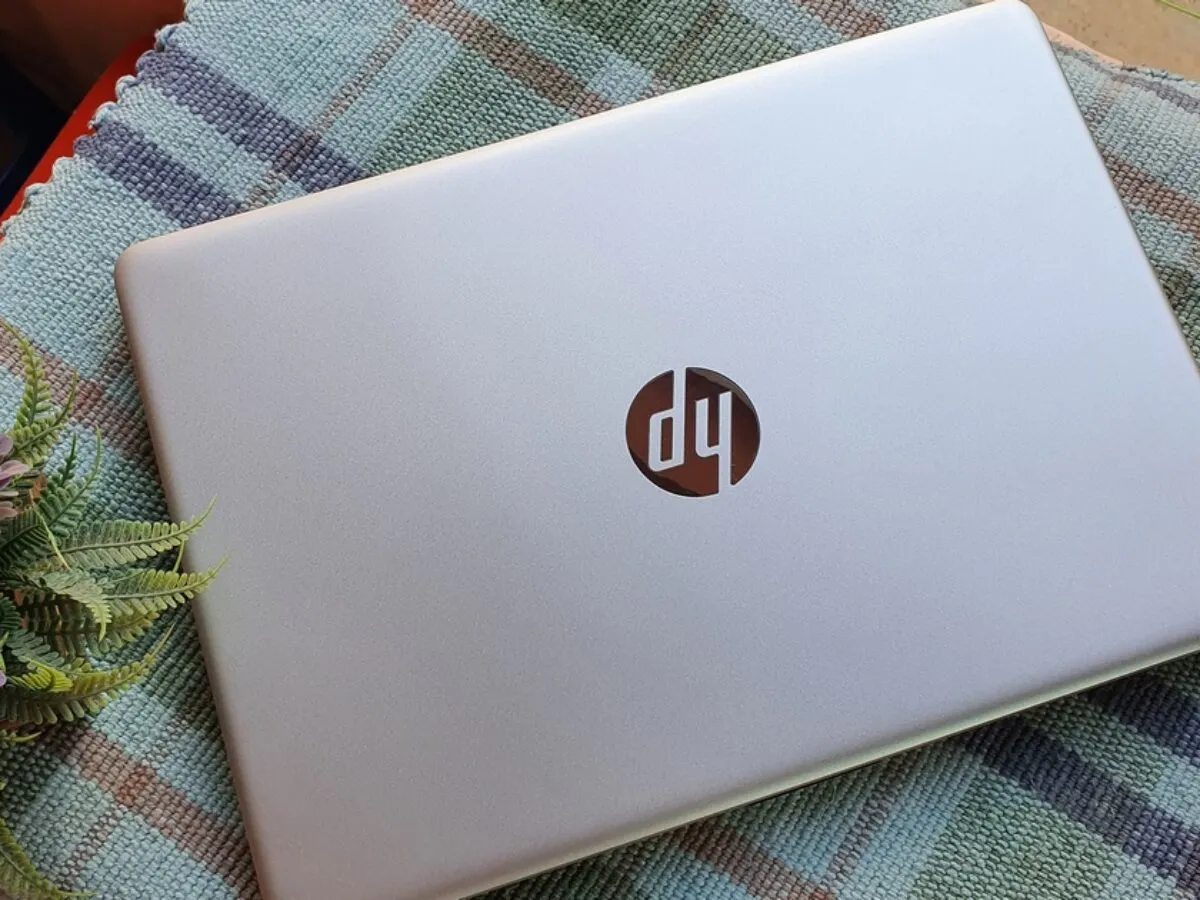In cases where corporate insolvency resolution processes (CIRPs) were initiated under the Insolvency and Bankruptcy Code by financial creditors (FCs), realizations until September 2022 were close to 201 per cent of the liquidation value, according to data released in the Reserve Bank of India’s (RBI’s) Trend and Progress Report for 2021-22.
The report also noted that SARFAESI (Securitization and Reconstruction of Financial Assets and Enforcement of Security Interest) and Debt Recovery Tribunals have yielded recovery rates comparable to the IBC mechanism. As of the latest data for 2021-22, the recovery rate under the IBC stood at 23.8 per cent, while the rates under SARFAESI Act and DRTs stood at 25.7 per cent and 22.5 per cent, respectively.
The report stressed the comparison of realized value with admitted claims may not be a reasonable indicator of the effectiveness of the insolvency resolution process because stressed entities being referred under the IBC may have undergone significant value destruction already. Instead, the resolution value should be compared with the liquidation value of the stressed assets, the report said.
Lately, concerns have been raised over the declining rate of recovery in comparison with the claims admitted through the IBC mechanism. Defending the mechanism, the RBI said the extent of haircut represents the discount the market demands for acquiring a stressed entity as a going concern.
Also, the rate of recovery is contingent on several factors, including the overall macroeconomic environment, perceived growth prospects of the entity and its sector, and the extent of erosion in the intrinsic value of the entity. “As a broad-based recovery gains traction, these factors are likely to turn favorable for financial resolution,” the RBI report said.

The central bank also pitched for extending the pre-packaged insolvency resolution process, which is currently allowed for micro, small, and medium enterprise (MSME) borrowers, to all borrowers.
“This mechanism, which is allowed only for MSME borrowers, may effectively complement the prudential framework of the Reserve Bank, if extended to all borrowers,” it said.
According to data, the pre-pack insolvency resolution process, introduced for MSMEs in April 2021, is yet to gain traction and only two cases were admitted through this channel until September 2022.
The RBI also said the group resolution framework could help improve the efficacy of the IBC. “In India, credit contracts are often embedded with cross obligations and credit risk mitigation covers provided by parent and group companies of the borrower. In such a system, a default by one borrower is likely to spur cross defaults by group companies, thereby increasing the overall credit risk to the financial system,” the RBI said.
It noted that the time taken for admission of resolution applications, as well as the final resolution and liquidation under the IBC, has steadily increased.
According to data, as fresh insolvency cases were permitted to be admitted after the one-year suspension during Covid-19, admissions under the IBC increased 65 per cent during 2021-22. Although the number of cases referred under Lok Adalat’s and the SARFAESI Act increased by 336 per cent and 335 per cent, respectively, the IBC mechanism led in terms of amount involved.
SOURCE:- BUSINESS STANDARD (D ated :- 28-12-2022)




